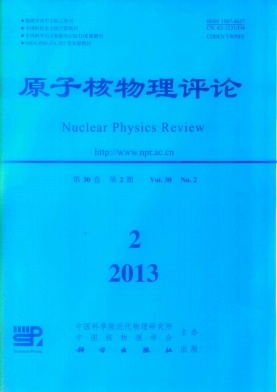Functions of PML in Responding to Ionizing Radiation
doi: 10.11804/NuclPhysRev.30.02.190
- Received Date: 1900-01-01
- Rev Recd Date: 1900-01-01
- Publish Date: 2013-06-20
-
Key words:
- PML /
- PML-NBs /
- ionizing radiation /
- radiotherapy /
- biological effect /
Abstract: Promyelocytic leukemia (PML) plays an important role in natural immune, angiogenesis, and transcriptional regulation. It also participates in apoptosis and other radiobiological effects. We confirm that the PML expression in G1 and S phase cells is relatively higher than that in M and G2 phase cells. We also demonstrate that the expression of PML protein is up-regulated in both dose- and time-dependent manner after cells are exposed to ionizing radiation. The size and amount of PML-nuclear bodies (PML-NBs) increase in a dose-dependent manner whereas the fluorescence intensity of PML-NBs decreases. Taken together, PML is sensitive to ionizing radiation and its functional studies are facilitated to reveal the mechanisms underlying radiobiological effects.
| Citation: | YAO Bin, PEI Hailong, GAO Xiaofei, WANG Jufang, ZHOU Guangming. Functions of PML in Responding to Ionizing Radiation[J]. Nuclear Physics Review, 2013, 30(2): 190-194. doi: 10.11804/NuclPhysRev.30.02.190 |






 甘公网安备 62010202000723号
甘公网安备 62010202000723号 DownLoad:
DownLoad: